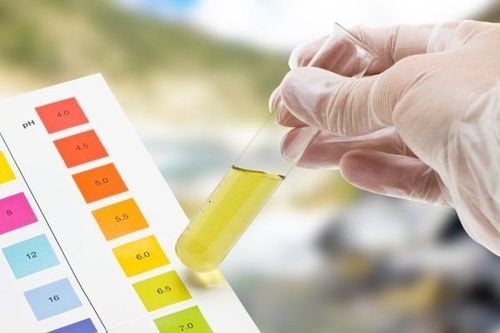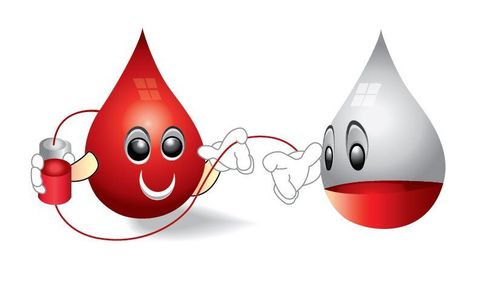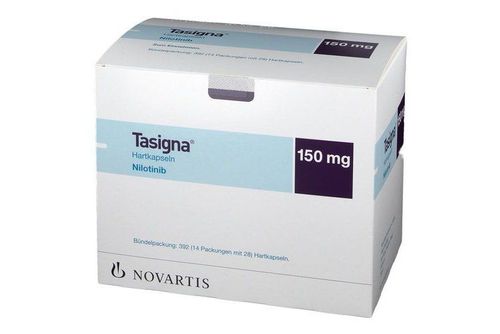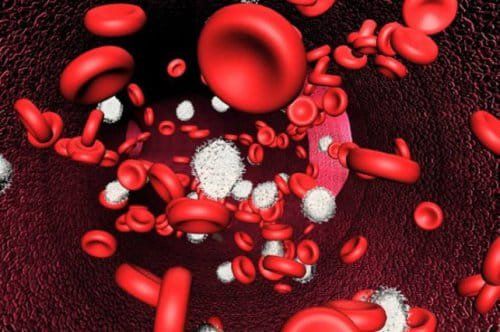This is an automatically translated article.
In the blood test results table, there is a section of the monocyte count, but very few people pay attention to those numbers, is it normal or increased or decreased, most people don't care. What is the monocyte count? Are these numbers meaningless?
1. What are monocytes?
White blood cells are an indispensable component in human blood, keeping the function of detecting and destroying foreign factors - factors that are at risk of harming cells, weakening the immune system and causing disease. present in the blood throughout the body. There are many types of white blood cells, and each type has its own function and task. The monocyte is a transparent white blood cell found in the blood cells that protects the body against pathogens. Monocytes are also present in tissues throughout the body, but are most abundant in the spleen, lymphatic vessels, and lymph nodes.
Circulation period:
In the blood: The circulating time of monocytes in the blood is relatively short, only about 20 hours at most, In other tissues: after circulating in the blood they migrate to organization cells, where they begin to increase in size to become organized macrophages, which can live for quite a long time: months, even years, and are resistant to foreign pathogens strongly ill.
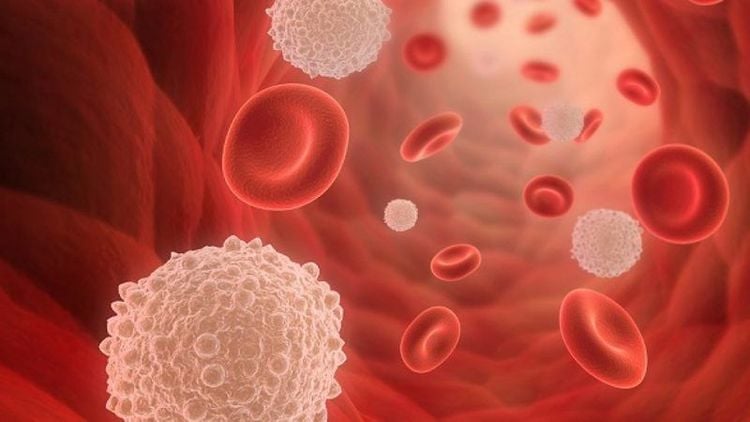
Bạch cầu mono là thành phần không thể thiếu trong máu
Classification of monocytes:
White blood cells are divided into three types, each with a different function and task:
Granulocytes; Mononuclear; Lymphocytes.
2. What is a monocyte test?
Testing for white blood cell count and related parameters (monocyte count) may be ordered separately or as part of a complete blood analysis.
The monocyte test is essentially to see if the mono level in the blood is normal, or increased, or decreased. From the test results, the percentage of monocytes increases rapidly or slowly, which will have different pathological manifestations.
Normal mono index: mono value from 4 - 8% (0-0.9 G/L); Mono index increased: mono value greater than 8% (> 0.9 G/L); Reduced mono: mono value less than 4% (< 0 G/L). Note: The mono index is affected by the medications the patient was taking prior to the test. For example, when using glucocorticoids,...
If the amount of mono in the blood changes, it is necessary to have a follow-up and examination period as prescribed by the doctor, it is necessary to check the blood test for the next 3-6 months. to evaluate and recheck the indicators.
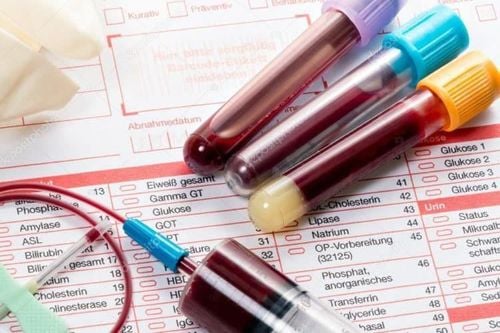
Xét nghiệm bạch cầu mono để xác định chỉ số mono trong máu có bình thường không
3. Meaning of blood monocyte test index
From the monocyte count, the doctor will have an accurate diagnosis of the disease that the patient has.
If the mono index in the blood increases, there may be diseases such as:
Bacterial infections; Viral infection; Fever ; myeloproliferative disorders; Agranulocytosis due to allergic intoxication; Colloid disease; Malignant cancer (gastrointestinal tract, Hodgkin's disease, myeloma, acute mononucleosis...). If the mono index in the blood decreases, there may be diseases such as:
Myelosuppression; Immunodeficiency;

Chỉ số mono trong máu giảm có thể do người bệnh bị duy giảm miễn dịch
Parasitic infections; The body's resistance is weakened. Thus, the monocyte count in the blood is not meaningless. It is an important factor to help doctors have the most accurate diagnosis, from which to have appropriate treatment methods for each patient.
4. Where is the monocyte test?
You can go to all public health facilities or private medical facilities to conduct blood tests and check whether the monocyte count in the blood is increased or decreased.Vinmec International General Hospital is a high-quality medical facility in Vietnam with a team of experienced doctors, highly qualified, and trained abroad. Modern medical equipment, imported from the US, Japan, and Korea, helps diagnose and treat diseases most effectively.
To register for examination and treatment at Vinmec International General Hospital, you can contact the nationwide Vinmec Health System Hotline, or register online HERE.




